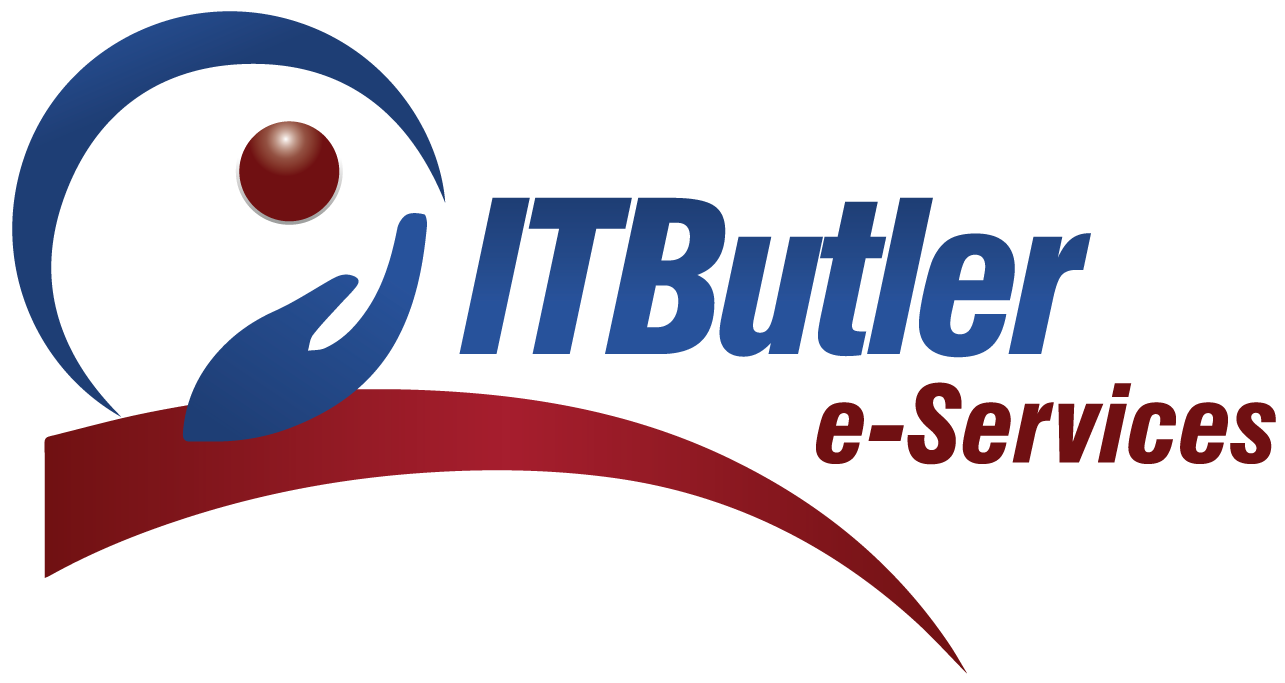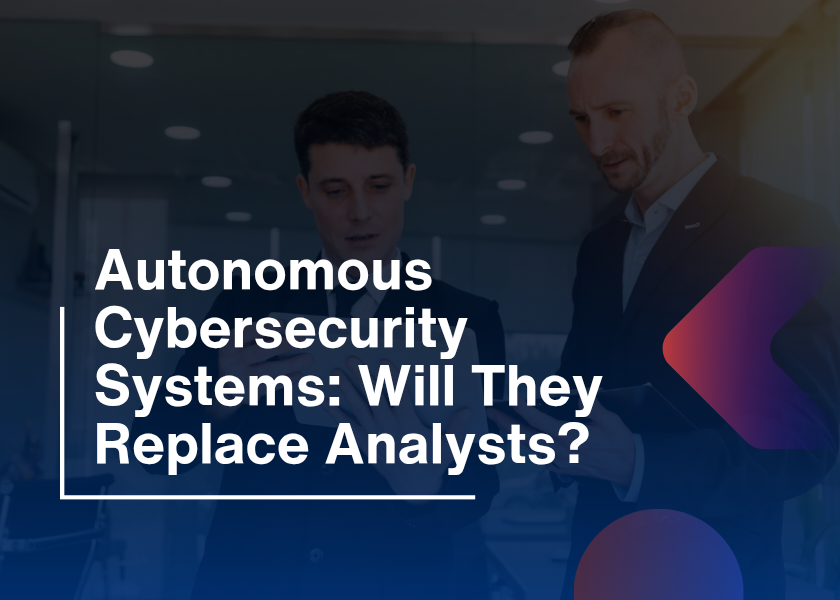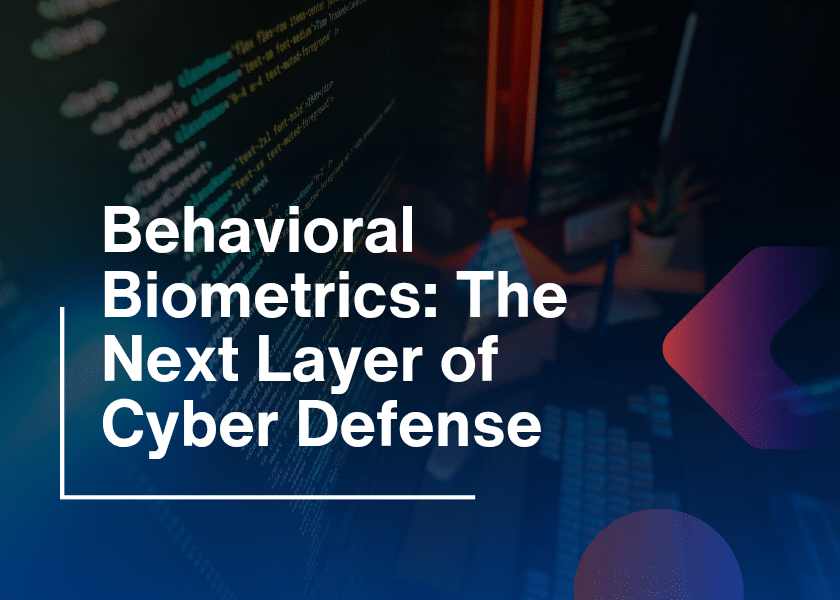Cyberattacks today are no longer random; they are industry-specific, calculated, and increasingly frequent. This is especially true in sectors like banking and healthcare, where the value of data is extremely high. So, how can organizations in these sectors defend against modern threats? The answer lies in Endpoint Detection and Response (EDR). Because tailored security is now needed, EDR for finance and EDR for healthcare provide precisely that. With the help of sector-specific security tools like EDR, businesses can protect their endpoints while staying compliant and resilient against evolving threats.
What Is EDR For Finance?
The security solution EDR operates as Endpoint Detection and Response which identifies potentially dangerous events at device endpoints through investigation and response procedures. Employee laptops and servers, mobile devices, and medical equipment together with banking systems serve as endpoints which EDR protects.
The criticality of EDR stems from its responsibility for safeguarding particularly confidential data and vital systems. Financial companies need to protect bank details, while healthcare entities need to protect their patient files in addition to critical medical equipment systems. The shift to EDR provides quick threat response, together with security frameworks that follow both compliance requirements and business operational needs.
The Importance of Sector-Specific Security
All businesses experience distinct operational threats in the digital realm. The ineffective strategy is using a single standard approach to protect businesses from cyber threats. The term sector-specific security represents security tools made for organizations to handle distinctive issues that only affect their industry. For instance:
- Financial entities need to protect themselves from different cyber dangers, including fraudulent activity along with addressing internal risks and upholding regulatory requirements.
- Healthcare organizations need to protect three key assets: electronic health records (EHRs), legacy systems, and life-critical devices.
Modern EDR security solutions produce a superior defense than traditional methods because they adjust according to industry-specific requirements. Global businesses including those in developing Middle Eastern regions, recognize EDR for finance and healthcare as urgent defense requirements.
Strengthening Security in Banking
A single security model fails to address regulatory requirements within the banking sector combined with healthcare institutions. The following section explains the specific security solutions provided by EDR for financial sector institutions.
1. Real-Time Fraud Detection
The banking sector persists under regular assault by fraudulent agents who utilize phishing techniques as well as malware viruses and internal breaches to reach banking systems. The finance industry uses EDR to protect itself by noticing aberrant behavioral patterns as well as halting dubious actions, and issuing speedy notification alerts.
The security platform connects unauthorized logins from questionable IP addresses to time-consuming data transfers during irregular working hours.
2. Ensuring Compliance and Audit Readiness
The financial sector needs to follow multiple strict regulations, which consist of PCI-DSS and SOX. Fiscal organizations face severe penalties when they fail to comply with regulations. The details provided by EDR tools enable banks to track both incident information and forensic analyses, which streamlines compliance tasks. Financial organizations that use EDR receive automated audit reports, which help them achieve transparency compliance with local and international standards.
3. Stopping Advanced Persistent Threats (APTs)
Organizations experience silent financial network intrusions when sophisticated attackers utilize APTs to accomplish their goals. Conventional tools lack effectiveness when it comes to identifying these particular attacks. Financial EDR systems identify security hazards, including user activities that spread across network systems, as well as unauthorized access and unusual administrator behavior. Prompt detection is vital for stopping APTs before they can carry out destructive activities.
4. Reducing Insider Threats
Financial systems face substantial threats because careless or destructive internal operators continuously put them at risk. The behavioral analysis capabilities of EDR detect employee activity irregularities that include massive file deletion incidents and unauthorized application operations, as well as unorthodox sign-in periods. Effective Distributed Denial of Service implementations within finance protect organizations from the hands of attackers outside their network while fortifying resistance against threats within their system.
5. Enabling Safe Remote Work
Banks now operate their workforce as a combination of remote staff and office employees. The expanding attack surface became larger because of this development. EDR increases security by providing endpoint monitoring capabilities for distant devices in addition to enforcing access rules for remote entries.

Enhancing Protection in Medical Environments
Just like banks, healthcare organizations also face relentless cyber threats—but with even more at stake: human lives. Now, let’s see how EDR for healthcare plays a vital role in protecting medical environments.
1. Safeguarding Patient Data (EHRs)
Patient privacy is a top priority in healthcare. Medical records are lucrative targets for cybercriminals. EDR for healthcare monitors access to EHRs and flags unauthorized activity. It also encrypts sensitive data at rest and in transit to prevent data leaks. Because healthcare is bound by privacy laws like HIPAA and PDPL, maintaining data integrity through EDR is vital.
2. Defending Against Ransomware
Ransomware attacks have paralyzed hospital operations in many cases. EDR tools can detect ransomware signatures in real time and isolate the infected endpoint before it spreads. With EDR for healthcare, hospitals can protect not just data, but lives. This rapid containment helps keep emergency services and life-saving procedures uninterrupted.
3. Protecting Legacy Systems
Outdated machines and software still play a huge role in hospitals. Unfortunately, they can’t run modern antivirus software. EDR for healthcare works with legacy systems by offering lightweight agents or agentless monitoring to detect threats. Thus, healthcare providers can modernize their security posture without overhauling their infrastructure.
4. Regulatory Compliance
Healthcare is one of the most regulated industries. EDR for healthcare helps meet requirements set by global and local regulators by maintaining incident logs, alert systems, and automated compliance reports. With sector-specific reporting features, organizations can easily demonstrate security maturity during audits.
5. Securing Medical Devices
Medical equipment like ventilators, MRI machines, or infusion pumps is connected to networks but is often overlooked from a security standpoint. EDR for healthcare monitors these endpoints, detects unusual device behavior, and prevents unauthorized access.
How EDR Powers Sector-Specific Security
EDR isn’t just about detection, it’s about adaptation. To serve industries like banking and healthcare effectively, it must deliver tailored solutions that match their operational realities.
1. Customizable Policies
EDR tools allow you to configure settings based on your sector. Whether it’s limiting access to trading systems in banks or to patient records in hospitals, policy-based control ensures that only authorized personnel can access sensitive data.
2. Contextual Detection
Instead of generic alerts, EDR tools provide industry-specific insights. For instance, EDR for finance may alert you about unusual SWIFT transaction patterns, while EDR for healthcare could warn about access attempts to ICU monitoring systems.
3. Centralized Threat Visibility
EDR solutions often offer a centralized dashboard to monitor threats across all endpoints. Whether you run multiple hospital branches or a chain of banking outlets, real-time visibility ensures no incident goes unnoticed.
4. Scalable to Meet Growing Needs
As your bank opens more branches or your hospital network expands, your security must scale with you. Cloud-based EDR tools allow flexible licensing, endpoint onboarding, and remote control—ideal for growing organizations.
MSSPs Delivering EDR for Finance and Healthcare
Many organizations in Saudi Arabia and the broader Gulf region are now relying on Managed Security Service Providers (MSSPs). MSSPs offer sector-focused services using advanced EDR tools. Here’s how they help:
- Deliver real-time threat response using expert analysts and automated EDR workflows
- Provide 24/7 endpoint monitoring across different time zones and regions
- Assist with sector-specific security needs, like regulatory reporting and endpoint hardening
- Offer cost-effective solutions for mid-sized banks and hospitals that lack internal SOC teams
Whether it’s deploying EDR for finance or protecting patient data through EDR for healthcare, MSSPs offer peace of mind by combining tech and expertise.
Final Thoughts
Today’s increasing cyber threat demands a designed defense strategy. Generic tools are no longer sufficient. The financial and healthcare sectors must invest in solutions that address their unique challenges head-on. EDR for finance and EDR for healthcare go beyond traditional security. They offer intelligent, real-time, and scalable protection tailored to industry needs. With regulations getting stricter and attacks growing more advanced, EDR is now a vital part of every sector-specific security strategy. If you’re in banking or healthcare and still relying on outdated security models, it’s time to consider EDR, not as an option, but as a necessity.






